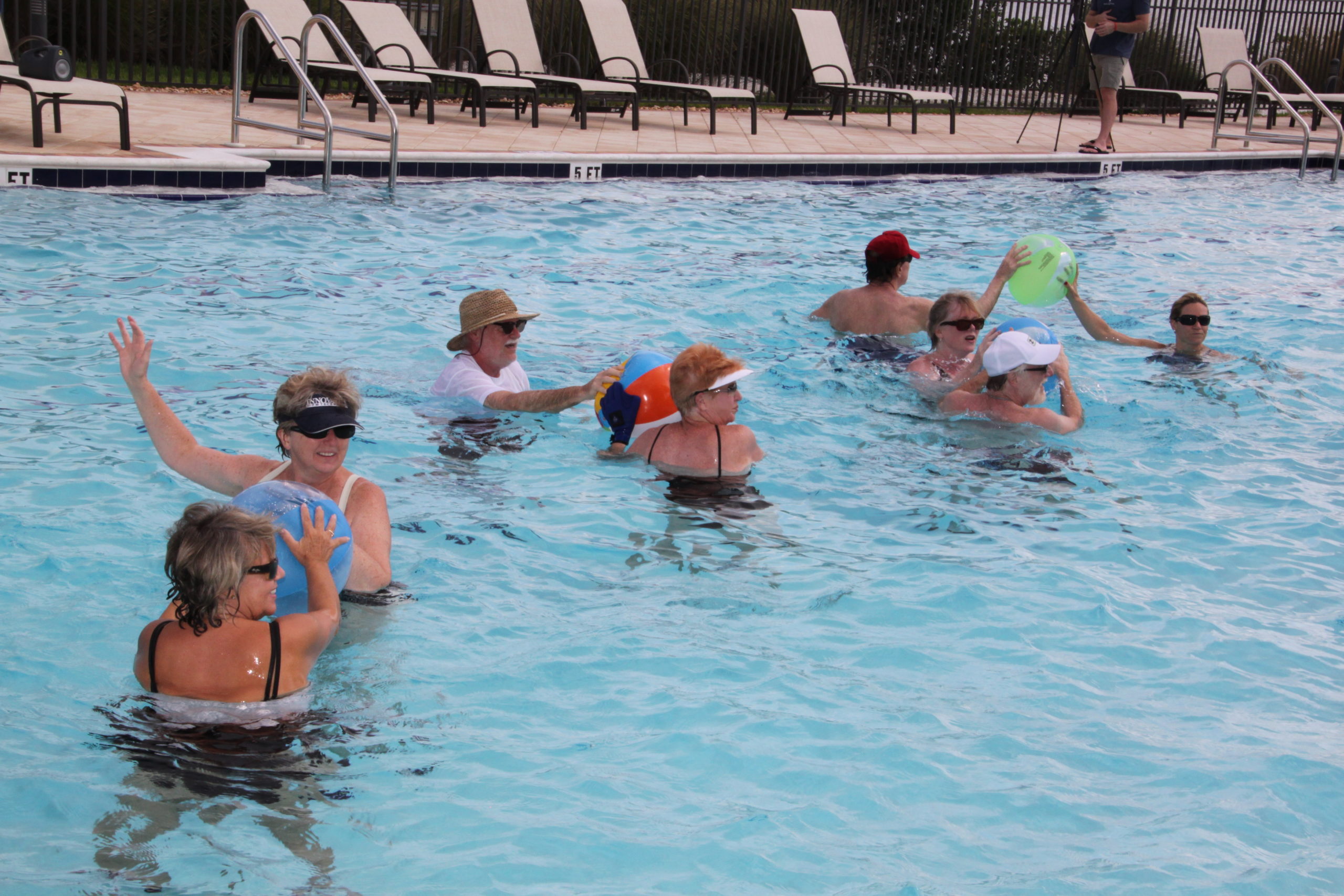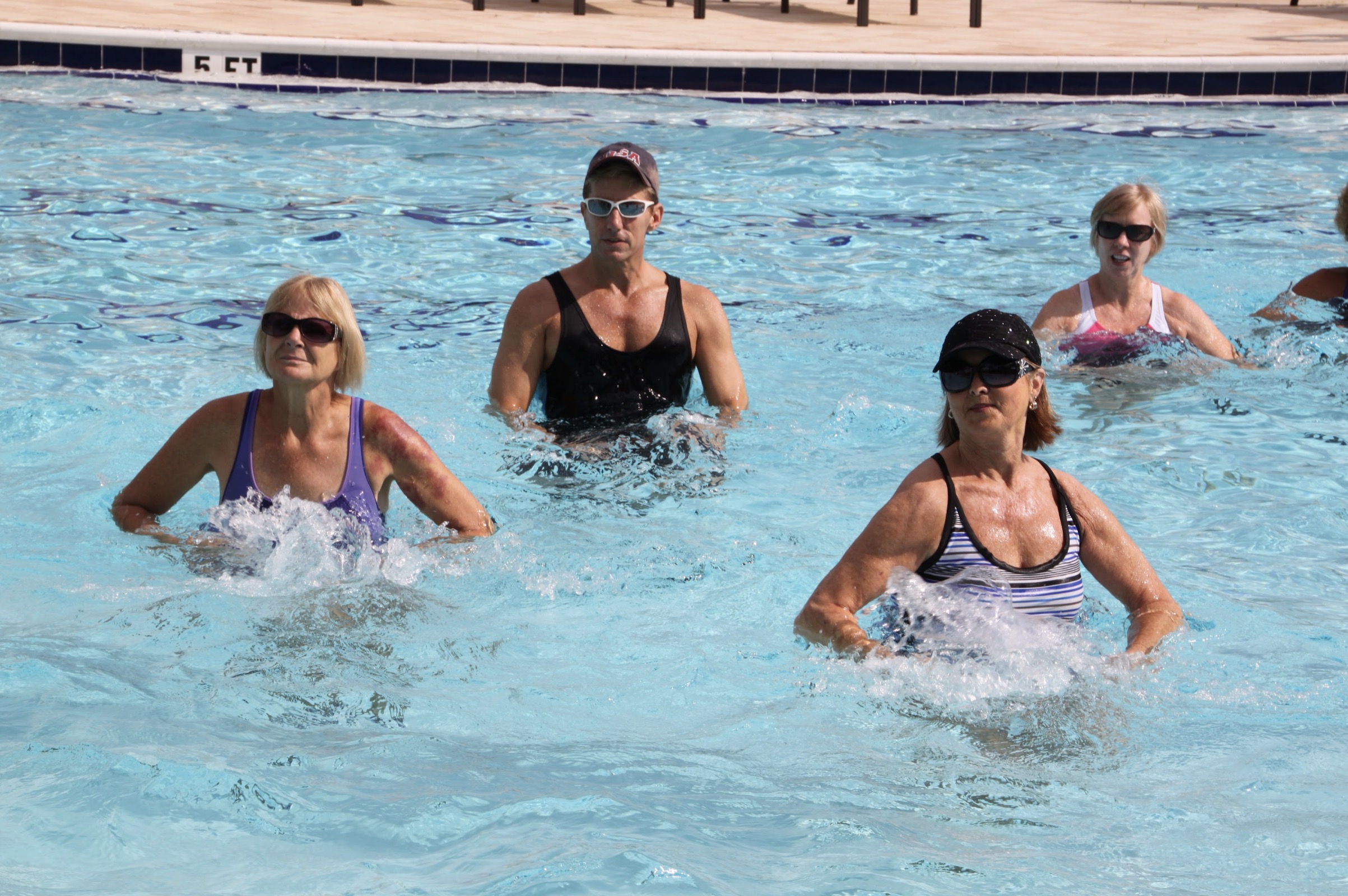Suffer with chronic pain? I know how life-changing and debilitating it can be. Osteopath and Fellow of Applied Functional Science Dr. Grant Burrows sheds an enlightening perspective on pain: most pain is associated with tissue damage. The explanation of how chronic pain works is a little technical, but it’s important for anyone with chronic pain to understand, so stick with me.
The spinal cord acts as a transmitter to convey information from the tissues to the brain. Things such as inflammation and other “noise” can quickly overtake the competing information conveyed by our proprioceptors—the body’s system that detects and interprets movement. In the case of chronic pain, the brain starts to hear more noise and less proprioception, creating a disconnect between the brain and tissues.

Burrows describes it like this: “Think of the noise requiring square receptors and the proprioceptors requiring circles. By moving the body in ways that it does not associate with pain, ways that are highly variable and fun, you can disrupt the pain cycle as you create a greater need for circle receptors and lesser need for squares.”
You may be searching for ways to reduce arthritis, low-back or nagging knee or hip pain. Or perhaps looking for better ways to effectively manage fibromyalgia or multiple sclerosis pain. There is an answer. For reasons explained in my previous blog, 7 Benefits of Water Exercise, just being in water is a great start. Next step: better exercise programs.
Treat Chronic Pain with Exercise that Follows 3 Guidelines:
1. Move in a range that feels good
This approach applies if you are exercising on land or in the pool and it is appropriate for low-impact walking or high intensity intervals. It’s simple: find a range that feels comfortable. If a movement hurts, make it smaller or use less impact.
2. Move the Body in 6 directions
Burrows expresses the need for highly variable exercises. One way to help ensure each joint is moved in all ways that are natural is to move the body in 6 directions. Try an arm curl or squat with the feet in 6 different positions – right foot forward, left foot forward, wide, narrow, toes turned out and toes turned in. Click here for a visual demonstration of the different foot positions.
3. Make it fun
The aquatic environment makes this easy. While you may not be turning cartwheels on land, buoyancy makes it easy to hop, skip and jump in the pool. Even us big kids enjoy some fun pool toys – like a ball or noodle – to mix up the routine.
Burrows teaches us that the body has the ability to stop the pain cycle and reboot. However, exercise must follow a few simple guidelines. Contrary to the exercise status quo –unpleasant, repetitive and boring – interrupting an unwanted pain cycle requires movement that feels good, is highly variable and fun.

Ready for pain-free movement?
I help people every day move in their best range to get out of pain for good. Learn more here, and become a member of Wavemakers here.
